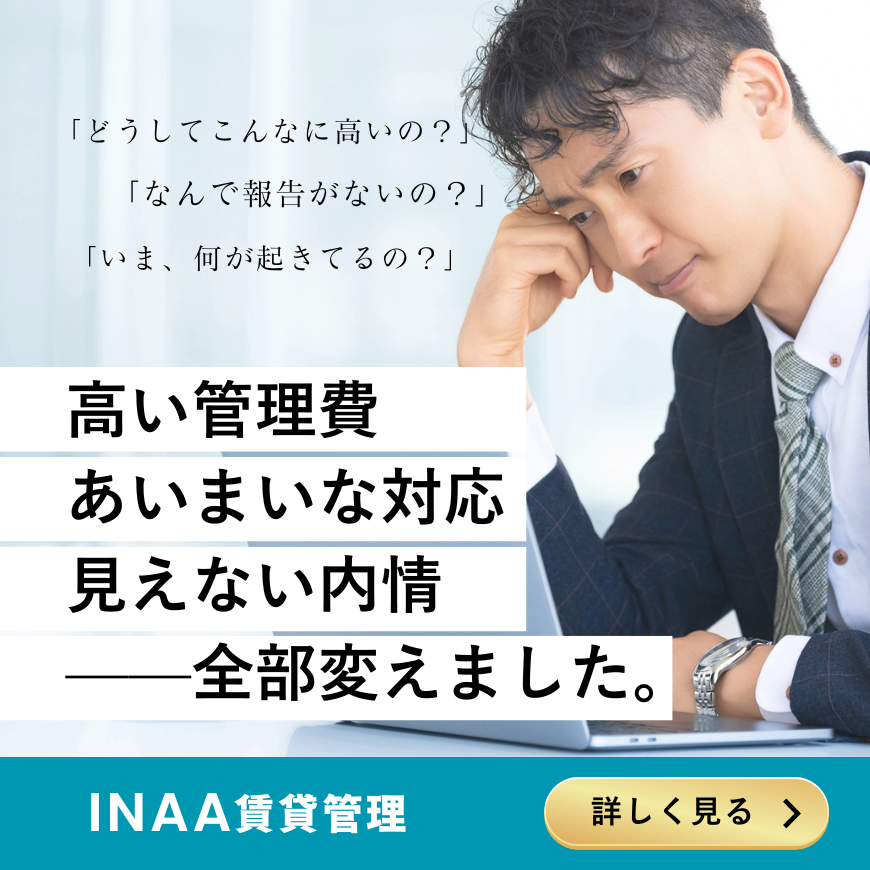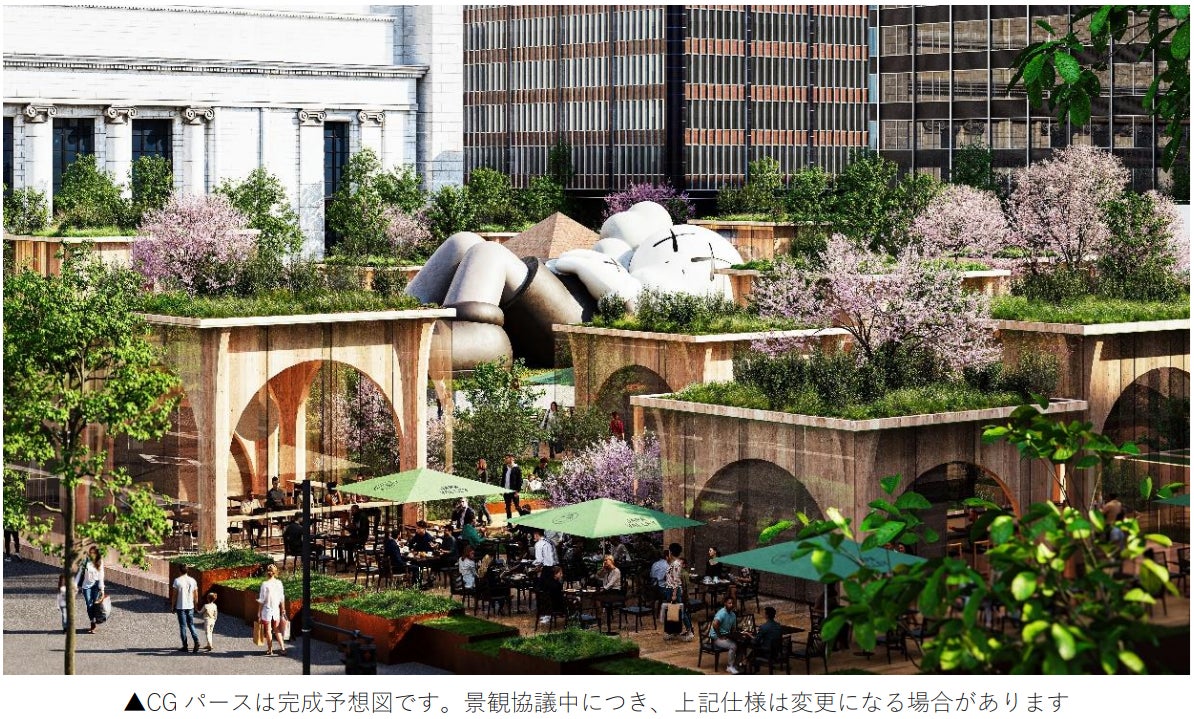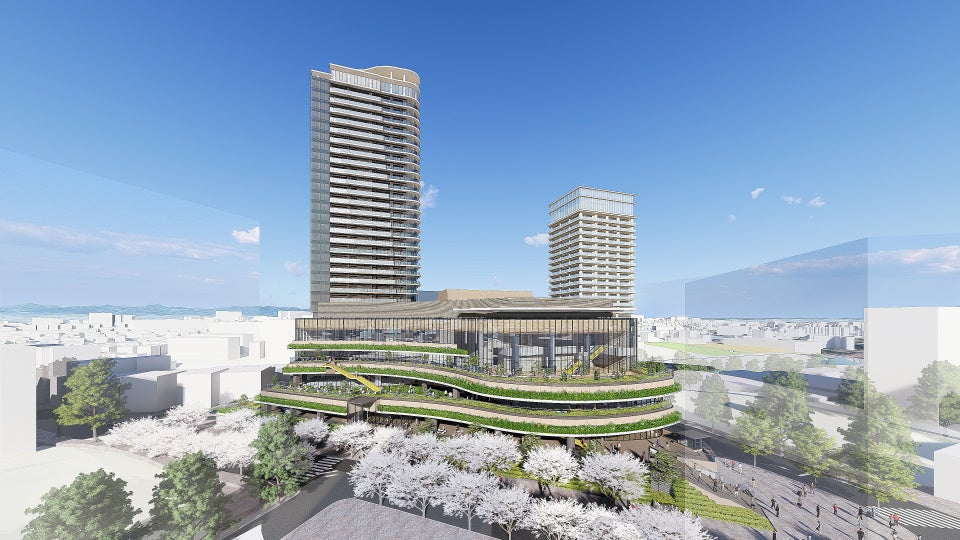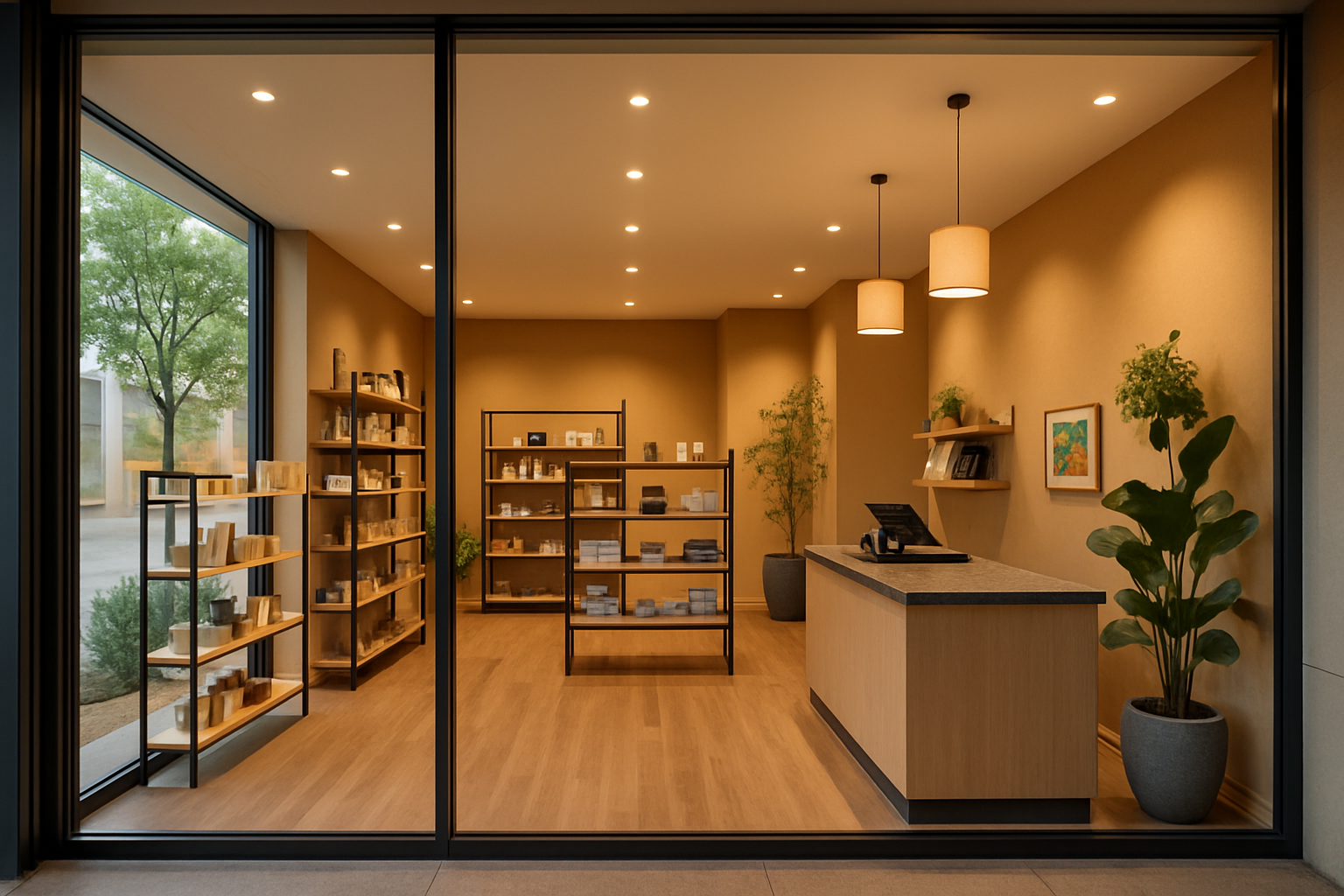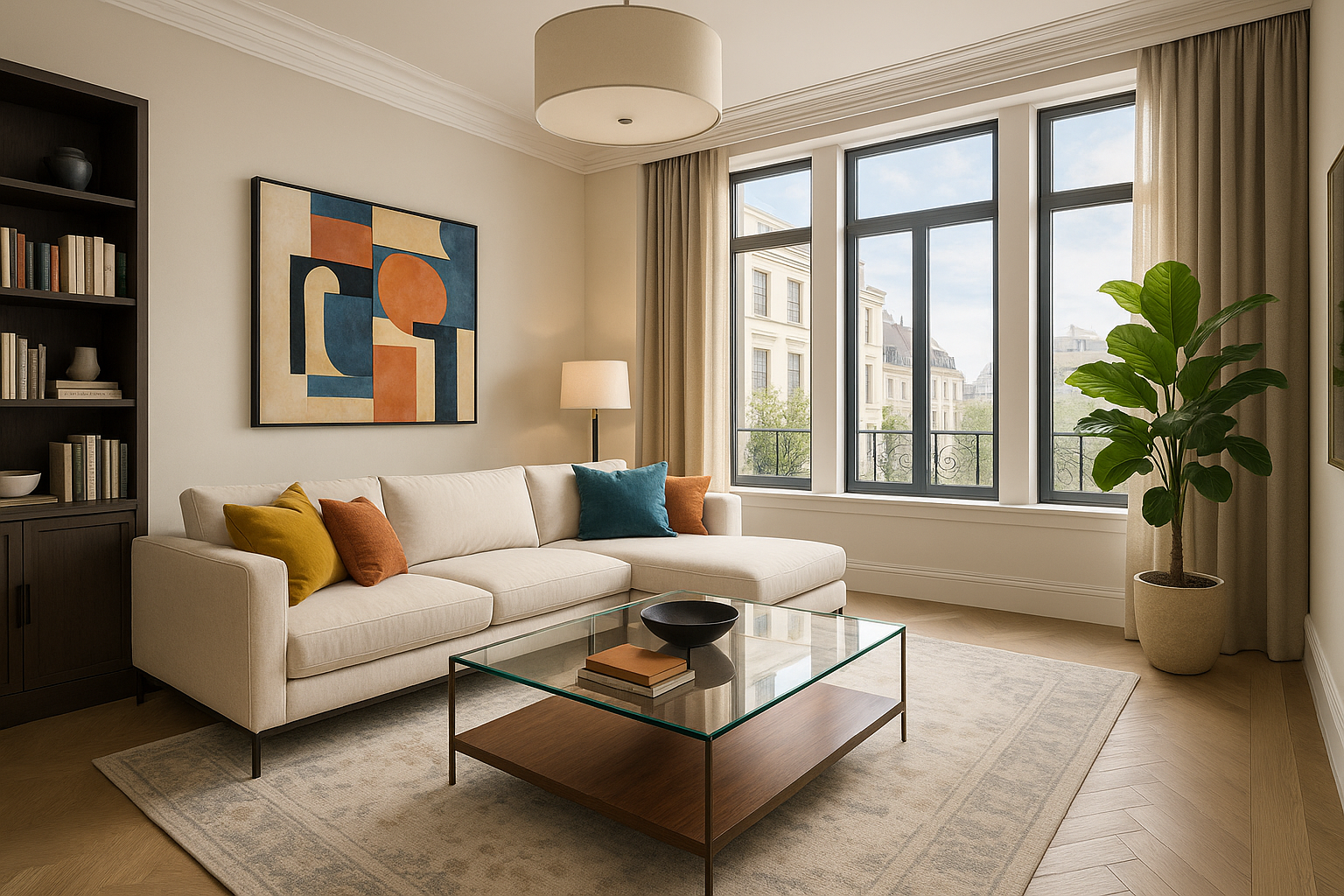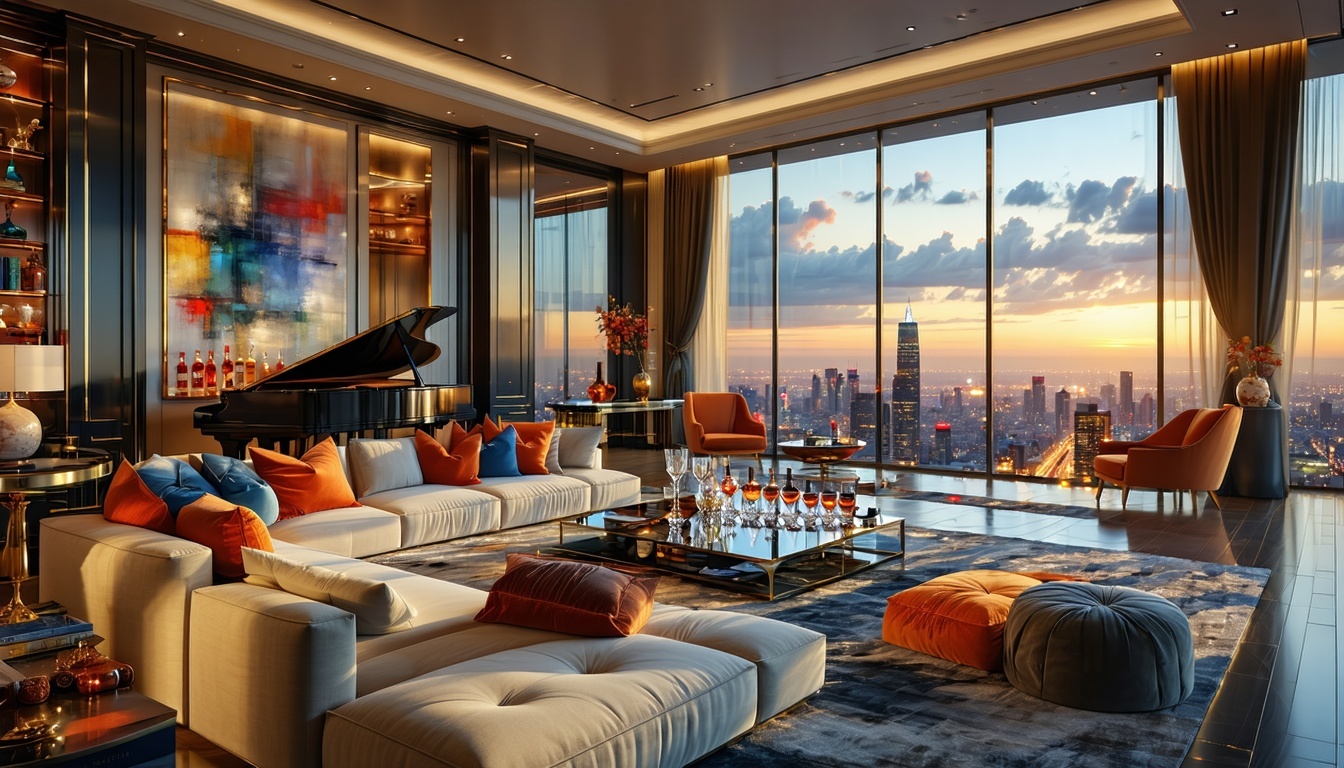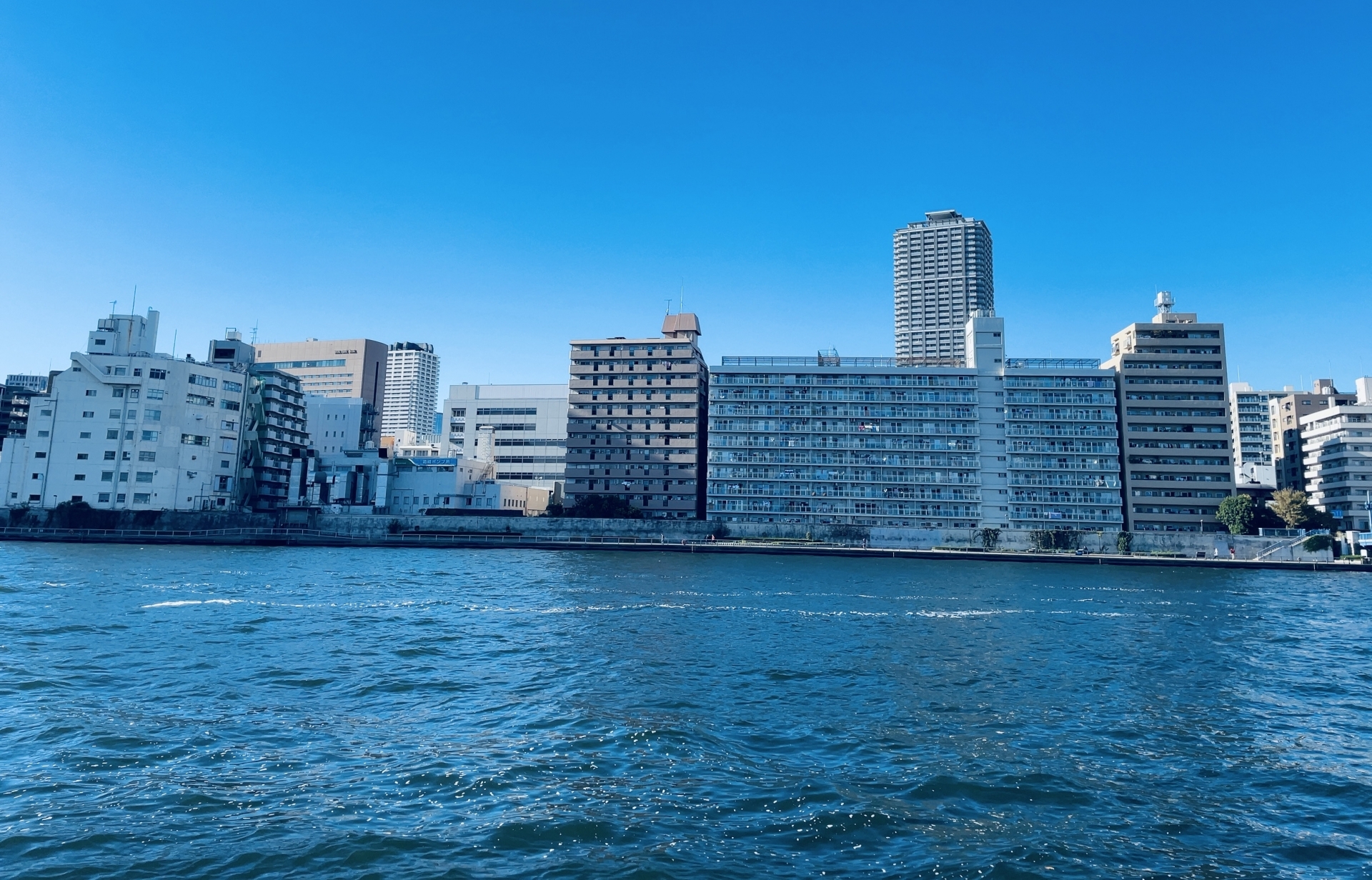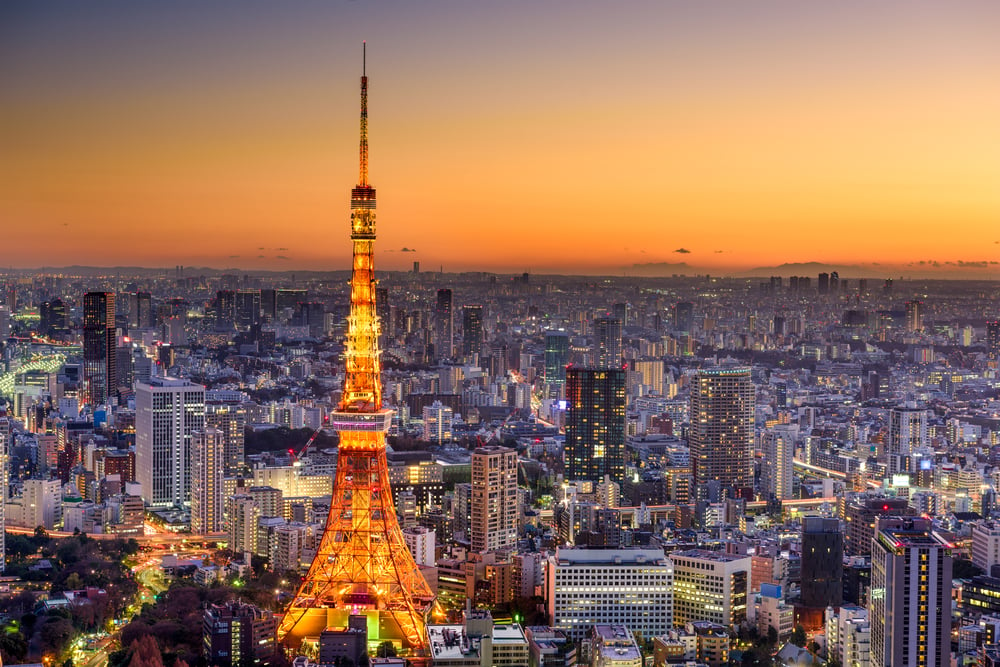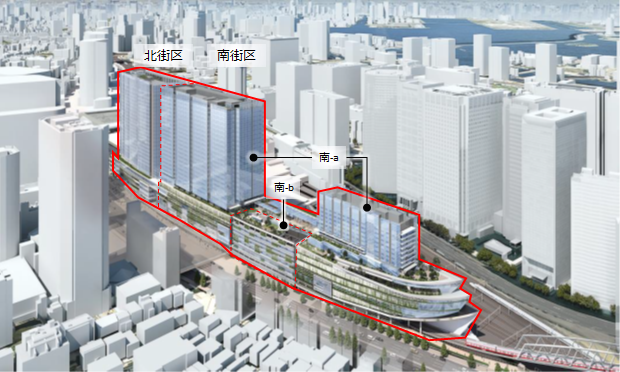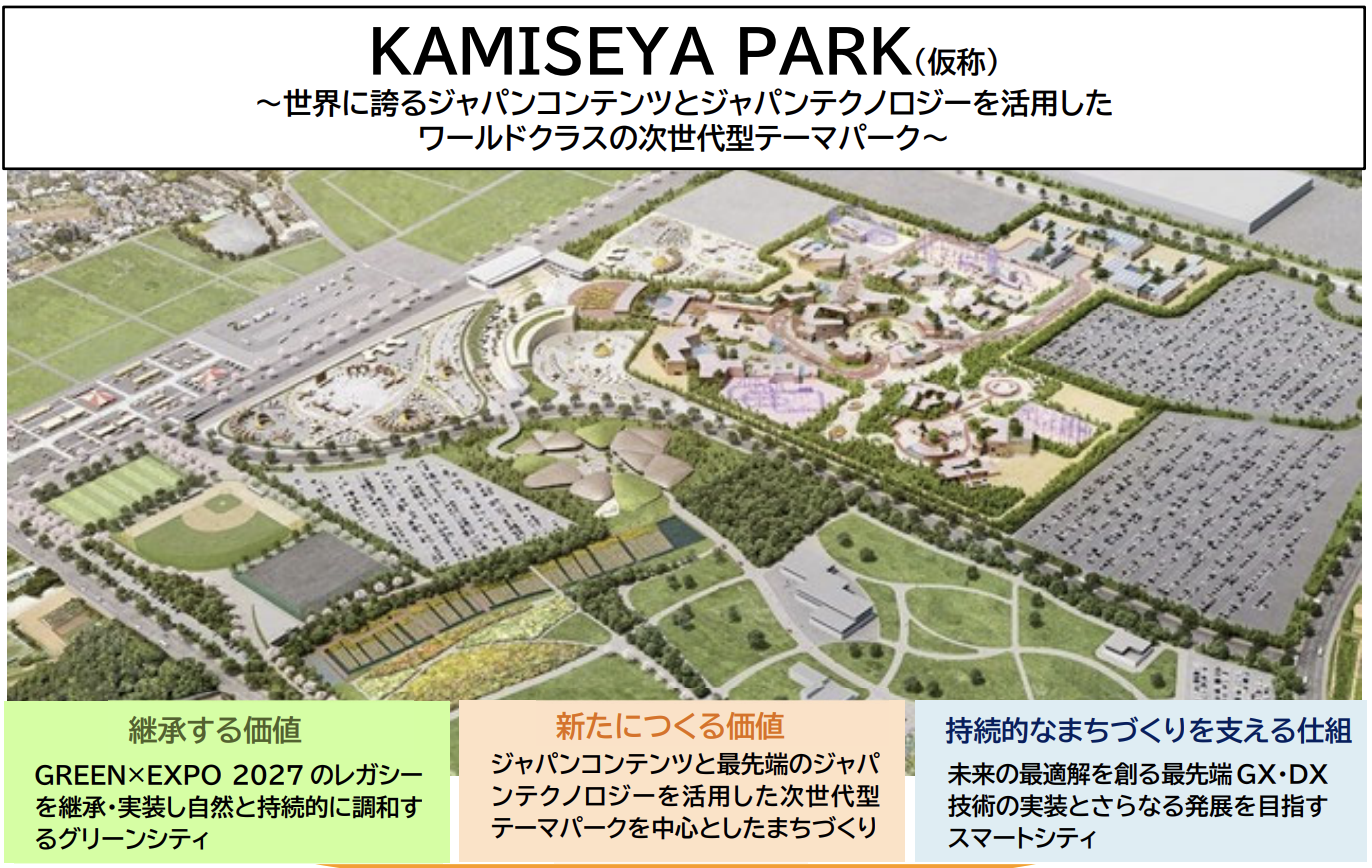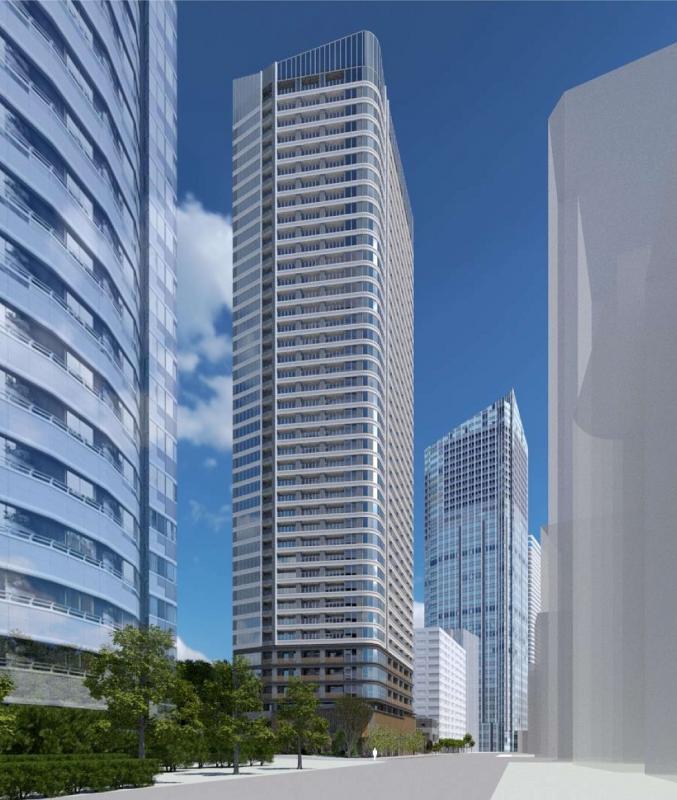
The large-scale shared housing facility “Stylio With Kamikeidai” and the newly established creative incubation hub “Kamikeidai Tokiwa Soul Room,” set to open this summer in Kamikeidai, Ota Ward, Tokyo, are pioneering projects that repurpose existing apartment buildings into a community centered around “food” and “creativity.” This article examines the new business opportunities brought about by the revitalization of shared housing from the perspectives of conceptual design, community collaboration, and asset value.
Originally built in 1975, the building was renovated in 2014 and now features a spacious shared floor of approximately 500 square meters, equipped with professional-grade large kitchens, dining areas, lounges, and workspaces, creating a comfortable living environment where residents can interact with one another. The shared kitchen, in particular, is a space to be proud of, equipped with the latest facilities that rival those of a restaurant, where residents can enjoy cooking freely.
These diverse shared areas create an environment that supports the lifestyles and creative activities of the residents. The interior features warm solid wood furniture and lighting, as well as lush green plants, creating a relaxing atmosphere that makes you feel like you are in nature even in the city. Some units come with a dedicated atelier space, allowing residents to immerse themselves in their creative pursuits outside of their own rooms.
Prime location and community ties
The property is conveniently located 14 minutes on foot from the Nishi-Magome Station on the Toei Asakusa Line and 16 minutes on foot from the Senzoku-ike Station on the Tokyu Ikegami Line, offering access to multiple train lines and relatively easy access to the city center. The surrounding area is a quiet residential neighborhood, yet within walking distance is the Uekikadai Shopping Street, which retains the charm of a traditional Showa-era downtown area. This area is not only convenient for daily shopping but also offers a variety of restaurants. The quiet environment and convenient location make it an attractive option for residents who want to focus on their creative work while also being able to relax and recharge.
A key feature of this property is that it is part of a collaborative project between Tokyu and local organizations. In July 2025, a shared housing project for creators, primarily aspiring manga artists, called “Ueike-dai Tokiwa Soul Room,” is scheduled to open within the property. This project is a collaboration between the specific nonprofit corporation LEGIKA, which operates the “Tokiwa-so Project,” and Tokyu. Tokyu will support the property provision, business planning, and community collaboration, while LEGIKA will handle tenant selection and creator development programs, aiming to establish a community-rooted creative hub. This initiative draws inspiration from the Showa-era manga artist apartment “Tokiwa-so,” aiming to provide young creators with an environment where they can “live together, compete together, and create together.”
Design Concept and Target Residents
The design concept of “Stylio With Kamikeidai” places a strong emphasis on “interaction.”
The initial target residents were young people with a strong interest in food, those aiming for a career in the food industry, and food enthusiasts. In practice, residents from diverse backgrounds have gathered, and they regularly cook together, host parties, and deepen their connections through food.
Several years after opening, the property has gained popularity among shared house enthusiasts and has become a well-established presence in the community. Building on this success, a new operational focus on “creator support” will be introduced starting in summer 2025.
The aforementioned “Kamikeidai Tokiwa Soul Room” primarily targets young people passionate about manga creation. The aim is to support aspiring professionals, particularly students attending vocational schools in Ota Ward who are seriously pursuing careers as manga artists. Out of the 55 rooms, 34 come with a dedicated atelier, allowing residents to have a separate workspace for their creative pursuits. Additionally, shared workspaces and lounges serve as venues for information exchange and collaborative projects with like-minded peers, fostering a natural environment where residents can inspire and elevate one another, akin to a “modern-day Tokiwa-so.” At LEGIKA's existing facilities (such as the “Tama Tokiwa-so Housing Complex” in Hino City, Tokyo), resident creators have participated in projects such as displaying their own works, organizing community events, and collaborating with local governments to create manga-based visions for the future of the neighborhood. Similarly, this property aims to actively create opportunities for residents' creative activities to connect with the local community, with the expectation that it will become a place where creators' growth and contributions to the community are mutually beneficial.
Asset Value and Future Prospects
In the real estate industry, shared housing has recently gained attention as a concept-driven asset management model. The approach of renovating existing buildings and revitalizing them with a clear theme and target strategy, as seen in “Stylio With Kamikeidai,” contributes to enhancing the asset value of the property itself while also creating a ripple effect that improves the value of the surrounding area. In fact, this property has successfully attracted new demand by creatively renovating an aging apartment complex and has maintained a high occupancy rate. The provision of added value through well-equipped shared facilities and operational expertise in accommodating diverse tenants are crucial elements for achieving long-term stable real estate income. Furthermore, initiatives that create social value such as community building and talent development go beyond mere property returns to generate sustainable brand value.
I also believe that “the essence of a company lies not in the pursuit of short-term profits, but in sustainable growth based on a clear vision that pursues the happiness of all those involved,” and I am convinced that the most important asset is “human resources.”
I believe that it is the creativity and passion of people that create new value and serve as the driving force for the long-term development of organizations and society.
In light of this philosophy, the “Kamikeidai Tokiwa Soul Room” initiative, which invests in and nurtures young creators as “human capital” by providing them with a place to live, can be positioned as an investment in human capital that goes beyond the real estate business and supports the industries of the future. This project is truly an advanced example of “human capital-focused, sustainable growth, and social contribution.”
In the future, it is expected that the next generation of professional manga artists and creators will emerge from this property. It may even become a “legendary residence” renowned for producing famous writers, in which case the brand value of the property itself would be immeasurable. Similar concept homes that integrate regional resources and human resource development are anticipated to be developed in other areas along the Tokyu Line, attracting attention as a new trend in the real estate industry. As initiatives aimed at creating sustainable communities centered on people increase, the market as a whole will develop healthily, and real estate will be passed down to future generations as truly valuable assets. The challenges undertaken by 'Stylio With Kamikeidai' and 'Kamikeidai Tokiwa Soul Room' serve as model cases for achieving the trinity of value creation—people, community, and assets—and will provide significant insights for those involved in the real estate industry moving forward.

Daisuke Inazawa
Representative Director of INA&Associates Inc. Based in Osaka, Tokyo, and Kanagawa, he is engaged in real estate sales, leasing, and management. He provides services based on his extensive experience in the real estate industry. Based on the philosophy that “human resources are a company's most important asset,” he places great importance on human resource development. He continues to take on the challenge of creating sustainable corporate value.

.png)
